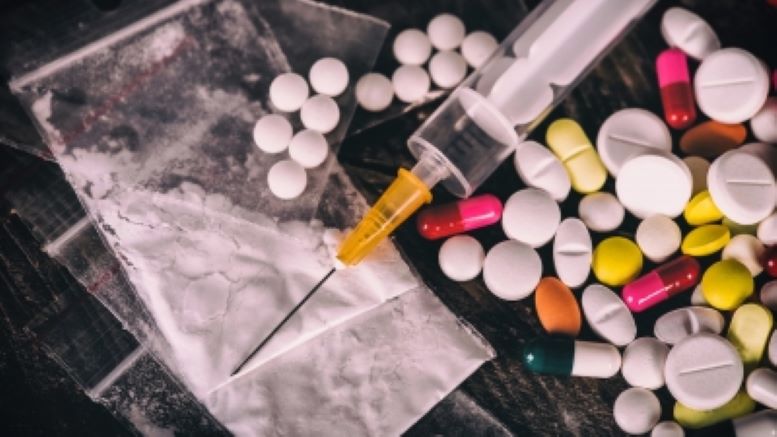A major fall out of the economic and political instability in India’s immediate neighbourhood has been the increase in drug trafficking, especially in Afghanistan and Pakistan. Historically, narcotics have been a significant source of income for the tribal people living along the Pakistan-Afghanistan border.
The UNODC report on Opium Cultivation in Afghanistan – Latest findings and Emerging Trends – Nov 20221, states that “Since the takeover of Afghanistan by the Taliban in August 2021, opium cultivation increased by 32%, or 56,000 hectares, compared to the previous year. This represents the third largest area under cultivation since the beginning of systematic monitoring”.
In the recent past, major drug producing regions referred to as Golden Crescent and Golden Triangle have also seen increased production and seizures of methamphetamine. The discovery of local ephedra-containing plants growing in Afghanistan is envisaged to be a major contributor towards this increase in the Golden Crescent region. The isolated and intricate topography of the Makran Coast enables the hiding of huge quantities of drugs, leading to storing and multiplying drug consignments transported over-land from Afghanistan, before being smuggled via maritime routes.
The three primary routes originating from the Makran coast namely Hash Highway, Smack Track and Southern Route contribute to something more menacing than various derivatives of opium that support ‘Narco-Terrorism’.
UNODC’s research “Afghan Opiate Trafficking Through the Southern Route – 2015” key findings also state that “The geographic location of the Islamic Republic of Iran and Pakistan makes them a major transit point for the trafficking of Afghan opiates along the Southern route”
Narcotic trafficking is emerging as a global threat due to its strong alliance with terrorist organisations. With much higher value than any other consumable product, narcotic drugs fetch voluminous amounts of money in cash. The phenomenon of narco-terrorism where profits gained from illicit drugs are utilised to fund terrorism, terror groups and dogmatic violence which is a major cause of concern, especially in countries like Pakistan.
The drugs trafficked via Pakistan are destined for global markets. However, Pakistan security and law enforcement agencies interdicted only a small fraction of the drug traffic. An unclassified Spotlight Special Report published in 2021 brings out the measures implemented by Pakistan’s Anti Narcotic Force to choke security gaps by adopting the “Guards to Guards the Guards” system and positioning border security elements from six different agencies.
Also, in the recent past, there have been many instances of drug seizures along the states sharing borders with Pakistan. Ayaj Wani an expert at Observer Research Foundation (ORF) recently in his article highlighted the fact how Pakistan has resorted to drug trafficking and targeting the youths of Kashmir.
The senior police chief of Jammu and Kashmir also highlighted that “Narcotics, Pakistan’s new weapon to finance terrorism within the valley, has been dubbed the biggest challenge”. Another study published by Global Initiative against Transnational Organised Crime (GI-TOC) an independent civil society organisation headquartered at Geneva in 2021, “Changing Tides-The Evolving Illicit Drug trade in the Western Indian Ocean” also highlighted the fact that Corruption is arguably the single most significant factor underpinning the growth of drug markets in the Western Indian Ocean. Thus, the security gaps at the Pakistani borders are being exploited by the drug peddlers to float drugs into the Indian market
Based upon seizures by regional and extra-regional forces operating in the Arabian Sea in the past two years, it is assessed that there is an increase in the use of sea routes for the trafficking of narcotics. The increase in the number of seizures of small boats and dhows by regional and extra-regional forces indicates that Pakistan-backed crime syndicates are spreading across Asia, Africa and Europe through maritime routes.
Primarily, the modus of operandi observed to be followed by the smugglers towards shipment of drugs through maritime routes involves the transportation of drugs using dhows, small boats, fishing trawlers etc and concealing the consignments into the containers by mis-declaring them as domestic products. The use of containers onboard legitimate ships for transporting drugs, jeopardises and increases costs for legitimate cargo originating from major ports. Overall it can hamper legitimate trade, as was observed in 2021, the Mundra Port, banned the import and export of containerised cargo from Afghanistan, Iran and Pakistan after almost 3,000 kilograms of heroin was seized from two containers from the port in Gujarat.

